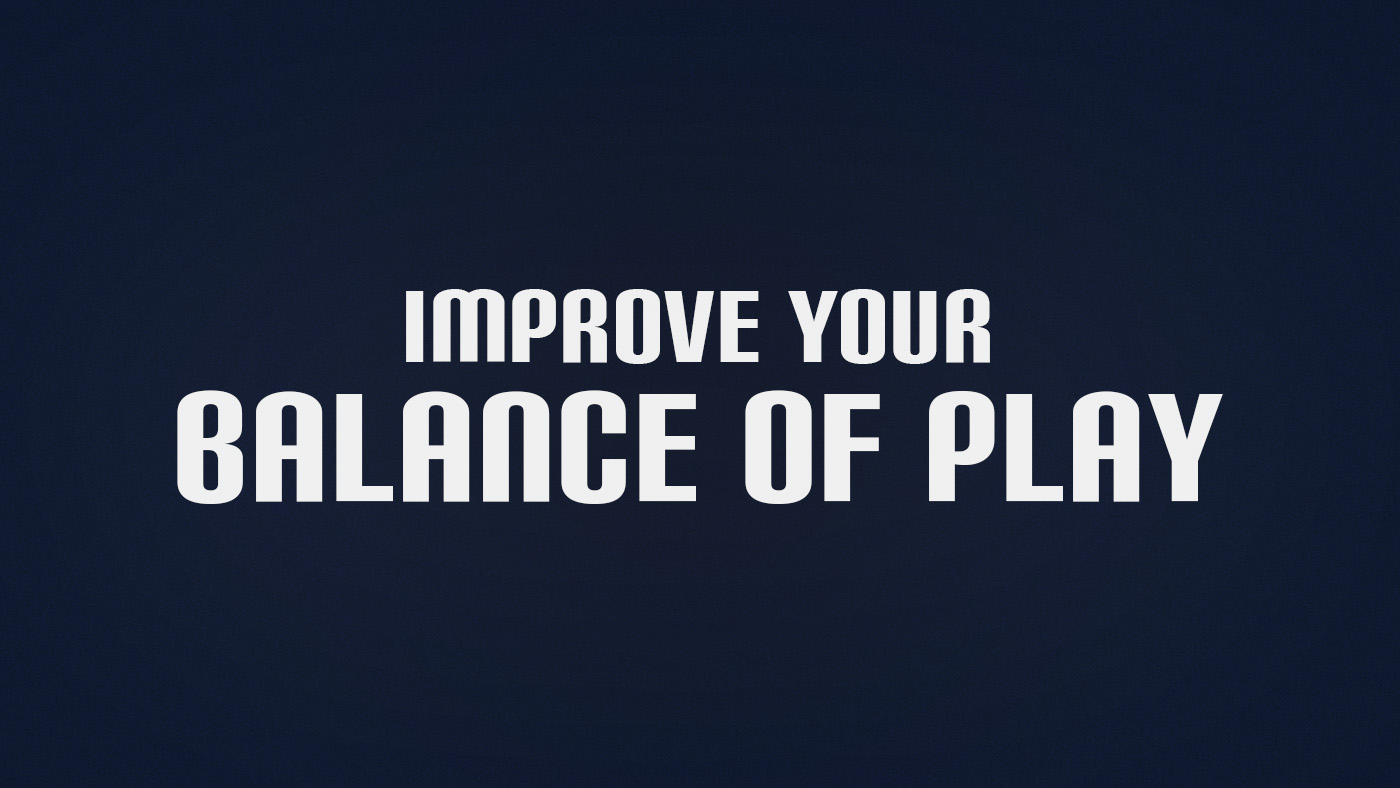How to Improve Balance of Play in Football

Achieving a harmonious balance between attacking and defensive responsibilities (balance of play) is crucial for a football team's success. This equilibrium ensures that while a team strives to create scoring opportunities, it remains resilient against opposition counterattacks. Enhancing this balance requires a combination of tactical discipline, player awareness, and strategic planning.
Structured Defensive Principles
Implementing clear defensive principles is fundamental. Concepts such as delaying the opponent's attack, maintaining compactness, providing cover and balance, pressing intelligently, and exercising control and restraint are vital. These principles guide players on when to press, hold their positions, or fall back, ensuring the team remains organized and less susceptible to being outmaneuvered.
Effective Communication
Clear and consistent communication among players is essential. By relaying information about opposition movements, potential threats, and available spaces, players can adjust their positions accordingly. This collective awareness helps in maintaining team shape and ensures that both attacking and defensive duties are adequately covered.
Tactical Flexibility
Developing the ability to adapt tactics based on the flow of the game is crucial. This may involve shifting formations, altering pressing intensity, or changing the focus of attacks. Such flexibility allows a team to exploit opposition weaknesses while safeguarding against potential threats.
Positional Discipline
Players must understand their roles and responsibilities within the team's structure. For instance, when a full-back advances to support an attack, another player, such as a central midfielder, should provide cover to prevent defensive vulnerabilities. This disciplined approach ensures that the team remains balanced, even during offensive forays.
Training for Transitions
Practicing quick transitions between attack and defense is vital. Drills that simulate loss of possession can train players to react swiftly, reorganize, and regain their defensive shape. Similarly, rehearsing rapid offensive transitions upon winning the ball can catch opponents off guard, leading to goal-scoring opportunities.
Emphasizing Rest Defense
Rest defense involves organizing the team in possession to be prepared against potential counterattacks. By positioning players strategically during offensive plays, the team can quickly counter-press or fall back into a solid defensive structure if possession is lost. This proactive approach minimizes the risk of being caught out during transitions. 
Implementing Balance in Training
To instill a balanced approach, coaches should design training sessions that integrate both attacking and defensive scenarios. Small-sided games can be particularly effective, as they require players to constantly switch between offensive and defensive roles, promoting adaptability and reinforcing the importance of maintaining balance throughout the game.
